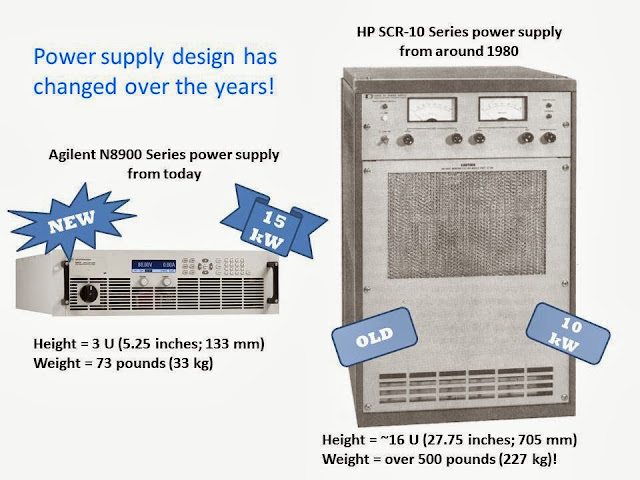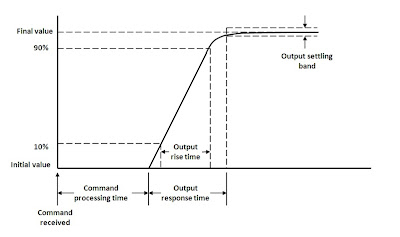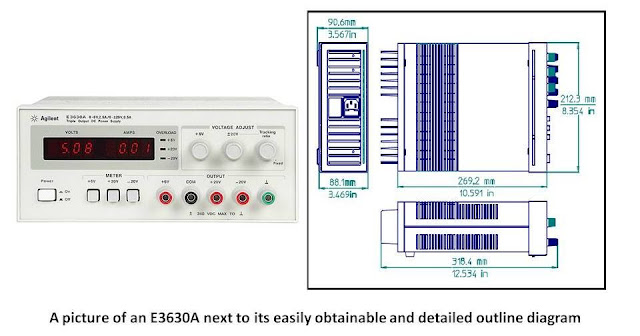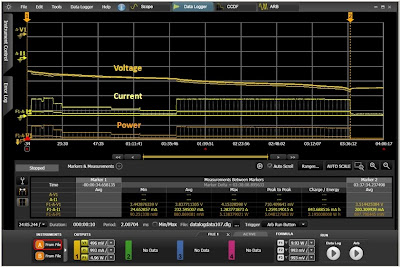I have stated before that I avoid posting product-only-focused material in this blog since our intention here is to educate about all-things-power rather than to (directly) promote our products. But when we (Agilent….for now…) come out with new power products, I think it is appropriate for me to announce them here. The last time I did this was back on January 23, 2012 in this post:
Coincidentally, those products were autoranging power supplies just like some of the power products we just introduced! Earlier this month, Agilent announced two new families of high-power system power supplies with this press release:
The two new families are the:
· N6900/N7900 Series 1- and 2-kW Advanced Power System (APS) DC Power Supplies
· N8900 Series 5-, 10-, and 15-kW Autoranging DC Power Supplies
Today I will focus on the higher power series, the N8900. Next week, I’ll post about the N6900/N7900 series.
What is particularly exciting for us about the N8900 series of products is that it is the highest power level we have ever provided. I’ve been working here at Agilent with power products since 1980 (we were Hewlett-Packard back then and will soon get yet another new name), and until now, the highest-power power supply we offered was the HP SCR-10 Series at 10 kW. This product was discontinued many years ago. Now the new N8900 series has 5, 10, and 15 kW in a single model and outputs can be paralleled for 100 kW or more! Now that’s a lot of power!!
Back when I started, 10 kW came in a much larger package and weighed over 500 lb (227 kg)! Today, we can get 50% more power (15 kW total) in an 80% smaller package (3 U vs 16 U) that is 85% lighter (73 lb vs 500 lb). See the figure below.
The new N8900 series offers 14 different voltage, current, and power combinations with output voltages up to 1500 V and output currents up to 510 A. Outputs can be put in parallel for 100 kW or more. These are basic power supplies, but have autoranging output characteristics so you get more voltage and current combinations from a single output than if you used a power supply with a rectangular output characteristic. See the figure below.
For more information about autorangers and output characteristics, see the post I mentioned earlier (or click here.)
We also created a video introducing the N8900 series (I do a cameo toward the end…can you pick me out?).
These basic power supplies will be used in many different high-power applications, such as hybrid-electric vehicle test and photo-voltaic inverter test. So if you need a basic high-power power supply, check out the Agilent N8900 Series. And don’t hesitate to ask me a question about the product or its suitability for your application.










